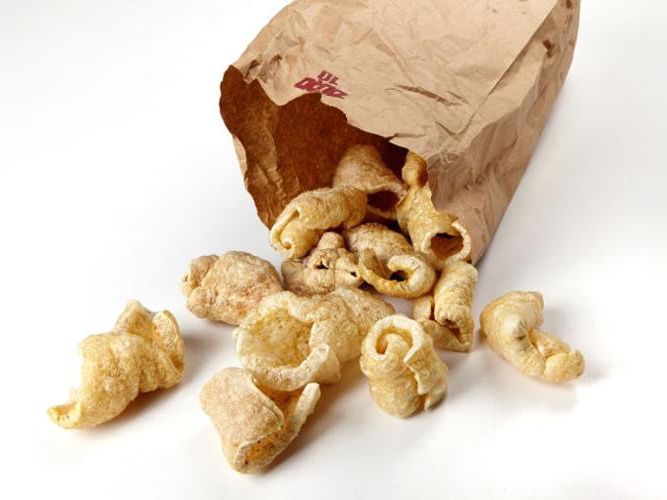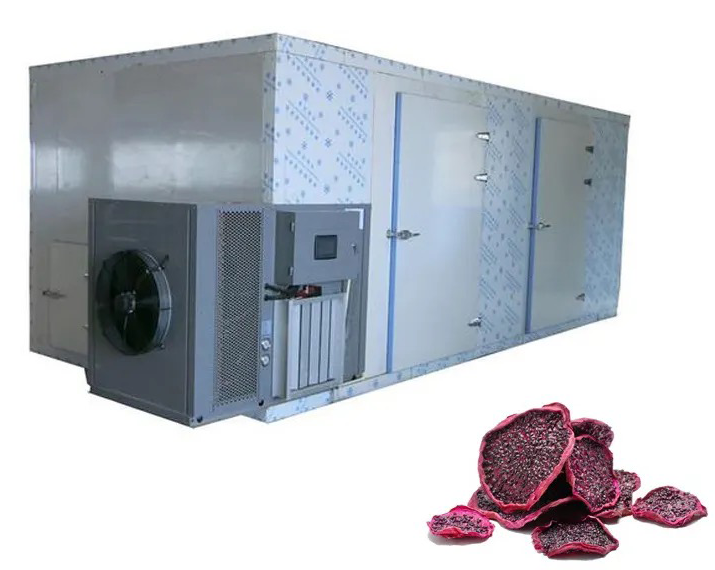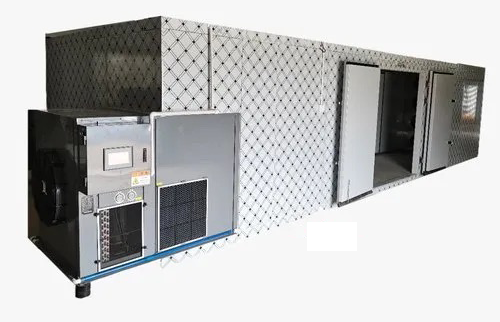
Content Menu
● Understanding Dryer Technologies
>> Heat Pump Dryers
>> Condenser Dryers
● Energy Consumption Comparison
● Performance Analysis
● Practical Considerations
● The Role of Food Dehydrators in Energy Efficiency
>> Market Growth
>> Benefits of Food Dehydration
● Technological Innovations in Food Dehydration
● Conclusion
● FAQ
>> 1. What is the main difference between heat pump and condenser dryers?
>> 2. Are heat pump dryers worth the investment?
>> 3. How much energy does a typical heat pump dryer use?
>> 4. Can I install a heat pump dryer in any location?
>> 5. Do condenser dryers dry clothes faster than heat pump dryers?
In the modern world, energy efficiency is a significant concern for both consumers and manufacturers. This is particularly true in the realm of home appliances, where the choice between different types of dryers can have a substantial impact on energy consumption and utility bills. In this article, we will explore the differences between heat pump dryers and condenser dryers, focusing on their energy efficiency, functionality, and overall performance.
 x
x
Understanding Dryer Technologies
Before diving into the comparison, it's essential to understand how each type of dryer operates.
Heat Pump Dryers
Heat pump dryers utilize a closed-loop system that recycles hot air. They work by drawing in air from the surrounding environment, heating it using a heat pump, and then circulating it through the drum to dry the clothes. The moisture-laden air is then passed through a heat exchanger where the moisture is condensed and collected, while the cooled air is reheated and reused.
Advantages of Heat Pump Dryers:
- Energy Efficiency: Heat pump dryers are known for their exceptional energy efficiency. They can use up to 50% less energy compared to traditional dryers.
- Gentler on Fabrics: The lower drying temperatures are less harsh on fabrics, helping to preserve clothing quality over time.
- Eco-Friendly: By consuming less energy, heat pump dryers contribute to reduced carbon emissions.
Condenser Dryers
Condenser dryers operate differently by using a heating element to warm the air before it enters the drum. The moisture from the clothes evaporates into the air, which is then condensed into water and collected in a tank or drained away.
Advantages of Condenser Dryers:
- Installation Flexibility: They do not require external venting, making them suitable for various locations within a home.
- Faster Drying Times: Generally, condenser dryers can dry clothes faster than heat pump models due to higher operating temperatures.
Energy Consumption Comparison
When comparing energy consumption between heat pump and condenser dryers, several factors come into play:
- Energy Use: Heat pump dryers typically consume less electricity per cycle compared to condenser dryers. This is primarily due to their ability to recycle hot air and operate at lower temperatures.
- Annual Energy Costs: Over time, the savings from using a heat pump dryer can be significant. For example, a household using a heat pump dryer may save hundreds of dollars annually on energy bills.
Performance Analysis
While energy efficiency is crucial, performance cannot be overlooked. Here's how both types of dryers stack up in terms of performance:
| Feature | Heat Pump Dryer | Condenser Dryer |
| Drying Time | Longer drying cycles | Shorter drying cycles |
| Fabric Care | Gentle on fabrics | Can be harsher due to higher heat |
| Maintenance | Requires regular cleaning | Easier maintenance |
| Noise Level | Generally quieter | Can be noisier |
Practical Considerations
When choosing between a heat pump dryer and a condenser dryer, consider these practical aspects:
- Initial Cost: Heat pump dryers tend to have a higher upfront cost compared to condenser dryers. However, this can be offset by long-term savings on energy bills.
- Space Requirements: Both types of dryers do not require external venting; however, heat pump dryers may need more space for airflow around the unit.
- User Preferences: Some users may prefer quicker drying times over energy efficiency or vice versa.

The Role of Food Dehydrators in Energy Efficiency
In addition to household appliances like dryers, food dehydrators have become increasingly popular in both home kitchens and commercial settings. As consumers become more health-conscious and seek ways to preserve food without additives or preservatives, food dehydrators offer an efficient solution.
Market Growth
The global food dehydrator market was valued at approximately USD 4.5 billion in 2023 and is projected to reach USD 9.6 billion by 2033, growing at a compound annual growth rate (CAGR) of 8.0% during this period. This growth is driven by rising consumer demand for longer-lasting food products and healthier options that retain nutrients and flavors[1].
Benefits of Food Dehydration
Food dehydration involves removing moisture from food items while preserving their nutritional value. This process not only extends shelf life but also enhances flavor concentration:
- Nutrient Preservation: Dehydration helps retain vitamins and minerals that might otherwise be lost through other preservation methods like canning or freezing.
- Flavor Enhancement: Dried foods often have intensified flavors compared to their fresh counterparts, making them more appealing for snacking or cooking.
- Waste Reduction: By preserving surplus produce through dehydration, consumers can significantly reduce food waste while enjoying healthy snacks year-round.
Technological Innovations in Food Dehydration
Recent advancements in food dehydration technology have revolutionized how we preserve food:
- Horizontal Airflow Technology: This method ensures uniform drying by distributing air evenly across all trays. It prevents spoilage and maintains consistent quality across various food items[1][3].
- Energy-Efficient Designs: Modern dehydrators are designed with energy efficiency in mind, utilizing less power while maximizing output. This aligns with global trends toward sustainability and reduced environmental impact[2][4].
- Diverse Applications: Food dehydrators are no longer limited to fruits and vegetables; they are now used for herbs, meats (like jerky), and even dairy products such as yogurt[1][7].
Conclusion
In conclusion, when evaluating whether a heat pump dryer or a condenser dryer is better for saving energy, it becomes clear that heat pump dryers offer superior energy efficiency and fabric care benefits. While they may have longer drying cycles and higher initial costs, their long-term savings and eco-friendliness make them an excellent option for environmentally conscious consumers.
Similarly, as technology continues to advance in appliance manufacturing—including food dehydrators—consumers should weigh their options carefully based on their specific needs and preferences. The growing demand for processed foods coupled with innovations in dehydration technology points towards an exciting future for both household appliances and food preservation methods.

FAQ
1. What is the main difference between heat pump and condenser dryers?
Heat pump dryers recycle hot air for drying clothes at lower temperatures, while condenser dryers use heating elements to warm air before it enters the drum.
2. Are heat pump dryers worth the investment?
Yes, while they may have a higher upfront cost, their energy efficiency leads to significant savings on utility bills over time.
3. How much energy does a typical heat pump dryer use?
A typical heat pump dryer uses about 50% less energy than traditional vented or condenser models.
4. Can I install a heat pump dryer in any location?
Yes, heat pump dryers do not require external venting and can be installed in various locations as long as there is adequate airflow.
5. Do condenser dryers dry clothes faster than heat pump dryers?
Generally yes; condenser dryers tend to have shorter drying cycles due to higher operating temperatures compared to heat pump models.











